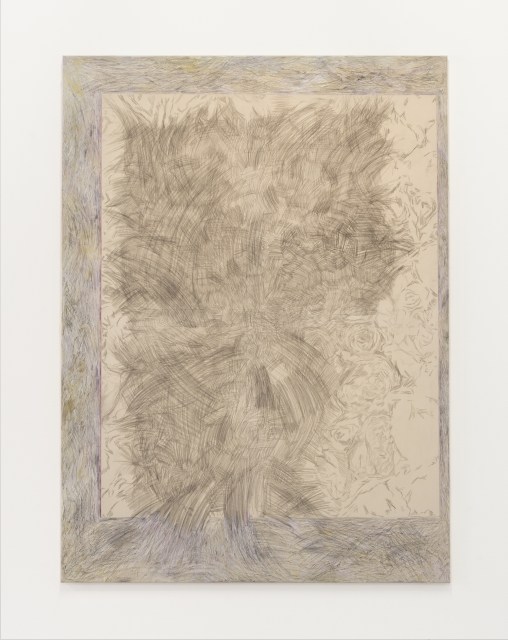Claude Monet wrote in a letter:
“Watching her tragic forehead, almost mechanically observing the colors which death was imposing on her rigid face. Blue, yellow, grey, what do I know? How natural to want to reproduce the last image of her, who was leaving forever. But even before the idea came to me to record her beloved features, something in me automatically responded to the shocks of color. I just seemed to be compelled in an unconscious activity, the one I engage in every day, like an animal turning its mill.”
The experience Monet is referring to in his letter resulted in the painting Camille on her deathbed. Camille Monet, his wife, became color in his eyes.
Anne Sofie Djernis’ paintings are the outcome of a curiosity towards the painterly gaze and what it means to view something through abstraction. Thus, she is trying to understand what it means to paint through the act of painting.
She begins with an already existing form of figuration, transferring the figurative onto the canvas or using it as a support in itself. Thus, information becomes both the substrate and the underpinnings of her paintings, subject to repetition, paraphrase, omission, and overpainting.
In Djernis’ own words: “Teetering between meaning or meaninglessness, fullness and emptiness, my paintings are expressive. The focus shifts from representation of an image to the act of painting itself. Painting thereby becomes a way of escaping the image, an exercise in distancing oneself from the image and the information it represents. It marks a departure from figuration and narrative, in favour of an obsessive attention to the surface — to the texture, colour, and light of the painting. The original image fades to a faint shadow.”


